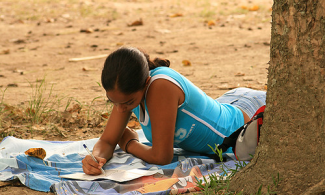
The following letter is an imagined account between two 14 year old Black girls in a US city. It depicts what it could look like for a neighborhood to come together and take control over their health and wellness during these times.
June 7, 2021
Jasmine!
It was so nice to get your letter. My birthday is coming up so soon! I’m really excited to see you for my 14th birthday party. It will only be you, my brother, and my other friend Aniyah but I feel like I haven’t seen you in forever! I’m also really glad we started doing this. It’s so cool to see my name on a letter in the mail. You have so many questions, I asked my mom about some of them so I’ll do my best to remember everything she said.
It was really cool to see our neighborhood in the news this week about our neighborhood health study. It all started around this time last year when Mr. T (he lives two houses down) started reading about something my mom calls mutual aid. She said it’s when people come together and help each other out with the resources they have. He came up with this idea to use one of the empty houses in the neighborhood as a place where we could store herbs and medicines and family remedies and health books. He kept saying over and over again at the neighborhood meetings that we should have control of our health and everyone agreed except for Ms. Melissa (who is Katie’s mom, remember the redhead girl down the street that used to come and play with us?). Ms. Melissa kept complaining about how we needed a real doctor’s expertise. Ms. Lucia kept telling her that when they are turning people away from the hospitals we can’t just rely on doctors. After a couple of meetings, Ms. Melissa just decided she would stop coming to the neighborhood health study meetings and no one seemed to miss her. All in all it was 7 families that decided to join in. The Johnsons, the Williamsons, the Browns (our family), the Garcias, the Andersons, the Wilsons, and the Gonzalez family. At first we just had meetings where we would share remedies that worked with each other and then we got some first aid supplies from our local store. Did you know that rubbing peppermint oil on your temples can help with headaches? Ms. Johnson taught me that. She knows so much about essential oils. It has been really fun learning about them with her.
Anyway,each family pooled in a little money so that we could get enough supplies for each family. Then Mr. T started giving classes in his backyard garden about the plants that grow around here and how we can use them. We learned how to dry them and store them and create teas and stuff like that. My mom was already doing that sort of stuff so I was used to it but it was cool to see everybody learning about it altogether. Eventually we decided to decorate the health shop and put in a bunch of pictures of our families and make it feel more homey. The Andersons had some old furniture that they donated to the health study which really made it look nice. It’s also a nice place to go if I just want to be by myself for awhile. I included some pictures inside of the envelope. I hope you enjoy the exclusives hahaha.
A couple of months into our meetings, Mr. Gonzalez was having some trouble with a cough and a sore throat and some headaches. It really scared Ms. Gonzalez and she didn’t want to go to the hospital because the news kept talking about how full they were. Ms. Johnson suggested putting onions in his socks at night and rubbing a little vix on them. We also made big batches of tea with lemon, ginger, garlic, honey, and cayenne pepper. He drank it three times a day and the rest of us had some too. We also made sure he was eating fresh vegetables from Mr. T’s garden. Ms. Anderson would make a delicious soup with the greens, tomatoes, onions, and beans. After about a week and a half he seemed to be getting better and Ms. Gonzalez was so grateful to our group for taking his health into our hands. Ms. Wilson kept saying, “Your health is our health, if you’re not healthy, we’re not healthy.” We all really liked that and put the saying on a board so that you see it every time you walk into the study.
Now a year later, my mom is always getting calls from people asking her how we did it and if they can come by and see. We still haven’t figured out how people are getting her number, we have a feeling it has something to do with Mr. T. Anyway it feels so good to know I was a part of it.
I could write a lot more but I think that answers all of your questions. Let me know if you think you’ll be able to come later this month. Are you doing something for your birthday this year?
Write back soon,
Destiny
P.S. When we started getting all of the interest about it from other people, Ms. Melissa decided she wanted to join again. Mr. T didn’t want to let her back into the group but my mom and Ms. Gonzalez convinced him that it was okay. So now Ms. Melissa and Katie are a part of it too.
Citations
Malikia Johnson (2020). What could neighborhood health autonomy look like?. Grassroots Economic Organizing (GEO). https://geo.coop/articles/what-could-neighborhood-health-autonomy-look

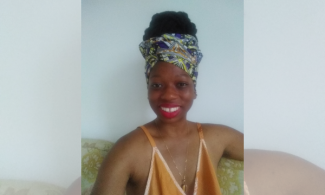
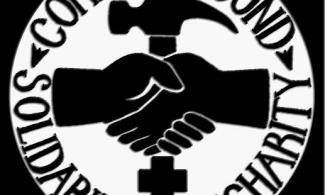
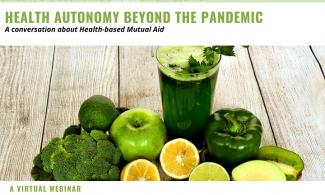
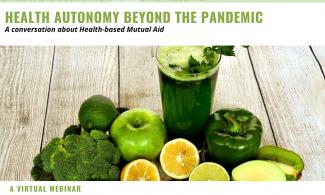

Add new comment